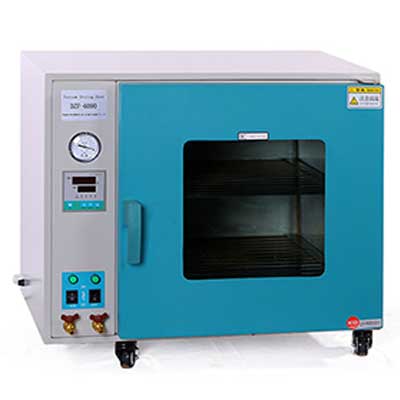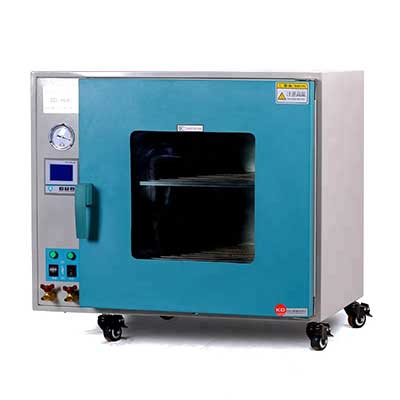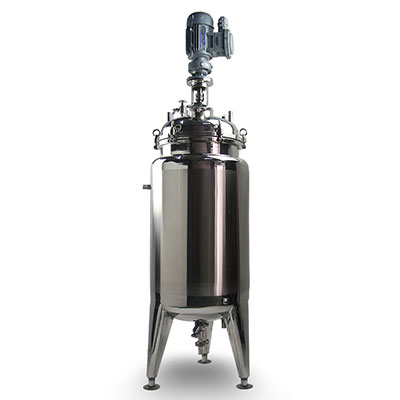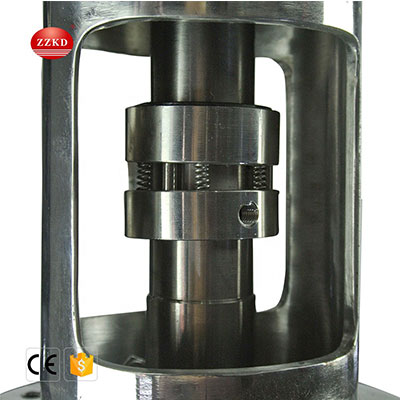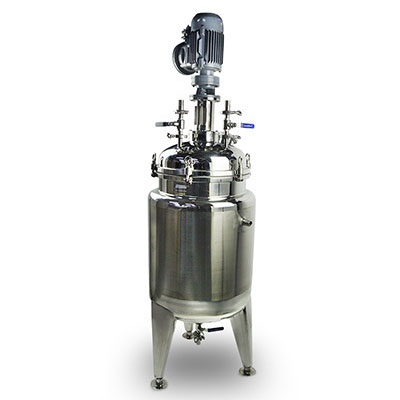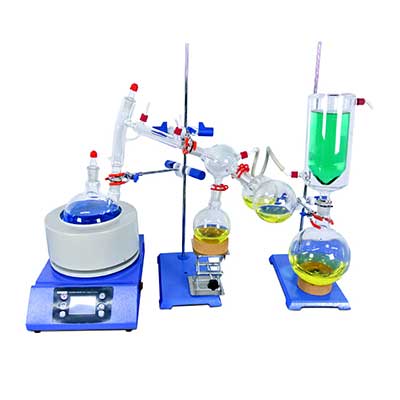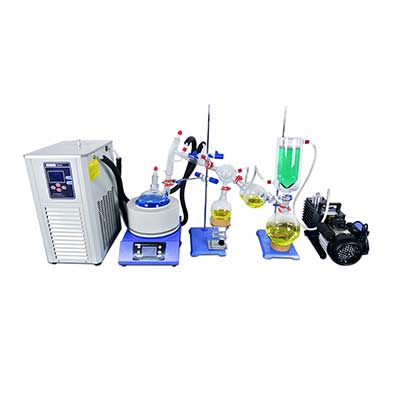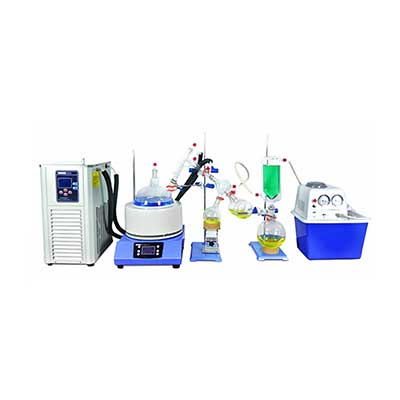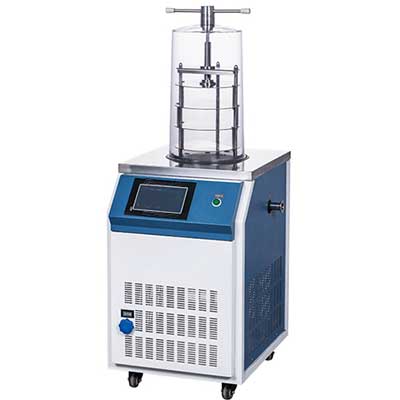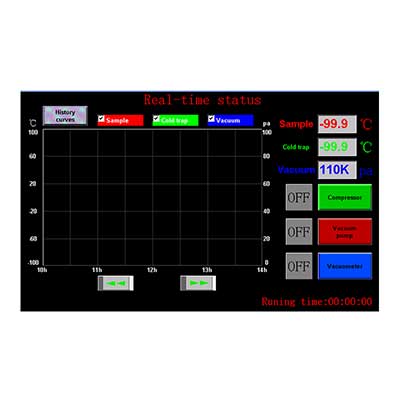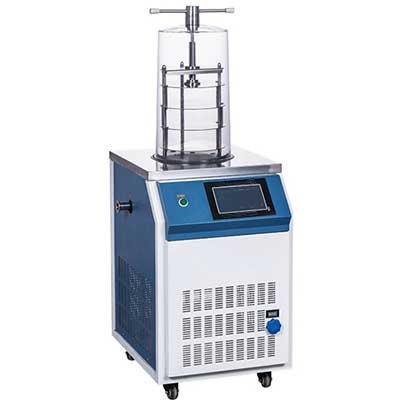-
WhatsApp
-
Email
Stainless steel centrifuges can generally be divided into horizontal spiral filter centrifuges and horizontal spiral sedimentation centrifuges.
Stainless steel centrifuge is a horizontal screw discharge, continuous operation sedimentation equipment. The working principle of this type of stainless steel centrifuge is: the drum and the screw rotate in the same direction and high speed at a certain differential speed, the material is continuously introduced into the inner cylinder of the feeding screw from the feeding pipe, and then enters the drum after being accelerated. The facies deposit on the drum wall to form a sediment layer. The feeding screw continuously pushes the deposited solids to the conical end of the drum and discharges them out of the machine through the slag discharge port. The lighter liquid phase material forms an inner liquid ring, which continuously overflows the bowl from the overflow port at the large end of the bowl, and is discharged out of the machine through the liquid outlet. This machine can continuously feed, separate, wash and unload at full speed. It has the characteristics of compact structure, continuous operation, stable operation, strong adaptability, large production capacity and convenient maintenance. It is suitable for separating suspensions containing solids with a particle size greater than 0.005mm and a concentration range of 2-40%. Widely used in chemical, light industry, pharmaceutical, food, environmental protection and other industries
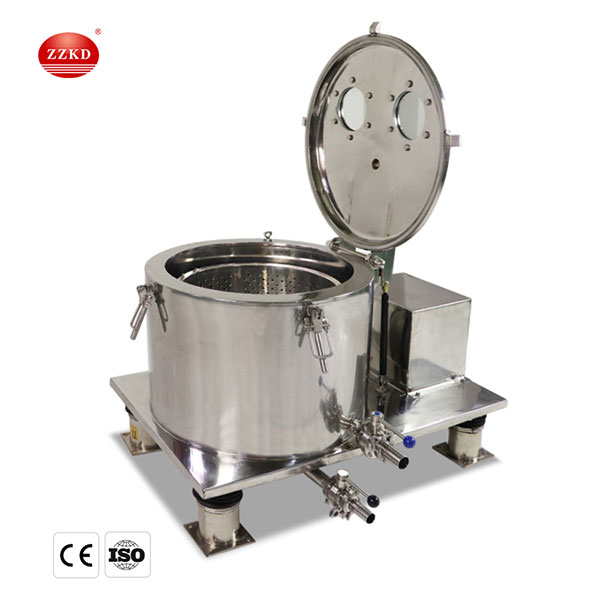
Centrifuge selection:
Choosing the right stainless steel centrifuge industrial scale can not only solve production problems and improve work efficiency, but also save production costs and reduce business risks. The main factors affecting the selection are as follows:
1. The rotation speed of the stainless steel centrifuge: Generally, the stainless steel centrifuge should be above 3000 rpm. The higher the rotation speed, the higher the separation factor of the centrifuge, and the better the separation effect.
2. The material of the centrifuge: different materials have different physical and chemical indicators such as wear resistance and corrosion resistance. Generally, the minimum material of foreign stainless steel centrifuges is 316L, or duplex stainless steel, and the abrasive components must be made of ceramic composite materials.
3. Differential speed control of centrifuges: Different differentials have different control accuracy, and the service life and maintenance cost vary greatly. The higher the differential speed accuracy, the better the adaptability to materials, so it is better to choose equipment with high differential speed accuracy. .
4. Aspect ratio: The larger the aspect ratio of the stainless steel centrifuge, the greater its processing capacity and the smaller the moisture content.
5. Control system: Whether it is automatic programming control, at present domestic and foreign equipment manufacturers have basically realized the fully automatic control of the equipment.
6. Installation power: It affects the control of energy consumption. Generally, the energy consumption ratio of domestic equipment is high, and the energy consumption ratio of foreign equipment is low.
7. Processing and production technology: stainless steel centrifuge industrial scale are separation equipment that requires high-precision processing. The products produced by enterprises without finishing capabilities have high maintenance rates and limited processing capabilities.
Centrifuges are classified according to the driving mode of the transmission device
Two-layer motor drive:
That is, one motor directly drives the drum to rotate through the belt, and the other motor drives the screw through the reducer (differential). In order to reduce the voltage and current on each motor, reduce the thermal load of the motor, and save power consumption, the drive is driven by two motors that work together. When starting, the two motors cooperate with each other to supply the energy required for starting. It is called a two-layer motor drive.
Single Motor Drive:
A centrifuge driven by a single motor is called a single motor drive. In this driving method, a single motor drives the drum through the main pulley, then the drum drives the input shaft of the planetary gear differential, and the output shaft that has generated differential speed drives the screw. At present, the horizontal sedimentation filter stainless steel centrifuge generally adopts this method. The single motor drive has relatively high requirements on the machining and assembly precision of the planetary gear differential, and the required transmission torque is relatively large.
Hydraulic drive:
Hydraulic drive This type of drum and screw is driven by a hydraulic system, which has significant advantages: hydraulic drive has a large driving torque (2-3 times higher than that of ordinary motor drives), and can pass through a simpler speed difference. Control method and get lower speed difference.
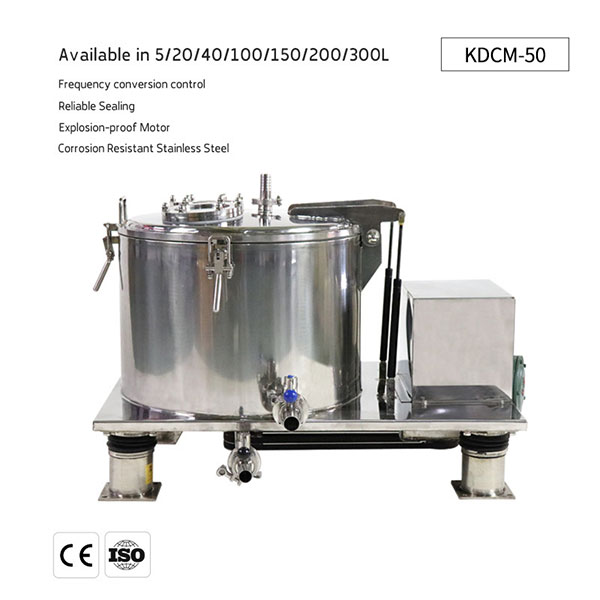
Note on using the centrifuge:
The electric centrifuge is commonly used in the laboratory. The electric centrifuge has a fast rolling speed. Pay attention to safety. In particular, during the operation of the centrifuge, it is necessary to avoid the movement of the centrifuge while working due to imbalance or aging of the test tube pad during the operation of the centrifuge. If it falls off, or the centrifuge tube is broken due to shaking due to the cap is not closed, the glass fragments swirl and fly out, causing an accident. Therefore, when using the centrifuge, it is necessary to pay attention to the following operations.
1. The bottom of the centrifuge cannula should be lined with cotton or test tube pads.
2. When the electric centrifuge is noisy or the body vibrates, the power supply should be cut off immediately to eliminate the fault immediately.
3. The centrifuge tube must be placed in the casing symmetrically to avoid vibration of the body. If only one sample tube is needed, the other one should be replaced with water of the same quality.
4. When starting the centrifuge, cover the top cover of the centrifuge before starting slowly.
5. After the separation is completed, turn off the centrifuge industrial scale first. After the centrifuge stops rolling, open the centrifuge cover and take out the sample. Do not use external force to force it to stop moving.
6. The centrifugation time is generally 1 to 2 minutes. During this period, the experimenter is not allowed to leave to do other things.
In enterprises or academic research institutions, low-speed test centrifuges with a speed of about 3000 rpm are now more commonly used, such as 315-type filtration + sedimentation integrated test centrifuge, 100-type test centrifuge, 200-type test centrifuge, etc. These centrifuges have reasonable design, low center of gravity, safety and stability, and have been widely used in the analysis of samples in the early stage of chemical, food, medical and other fields.


